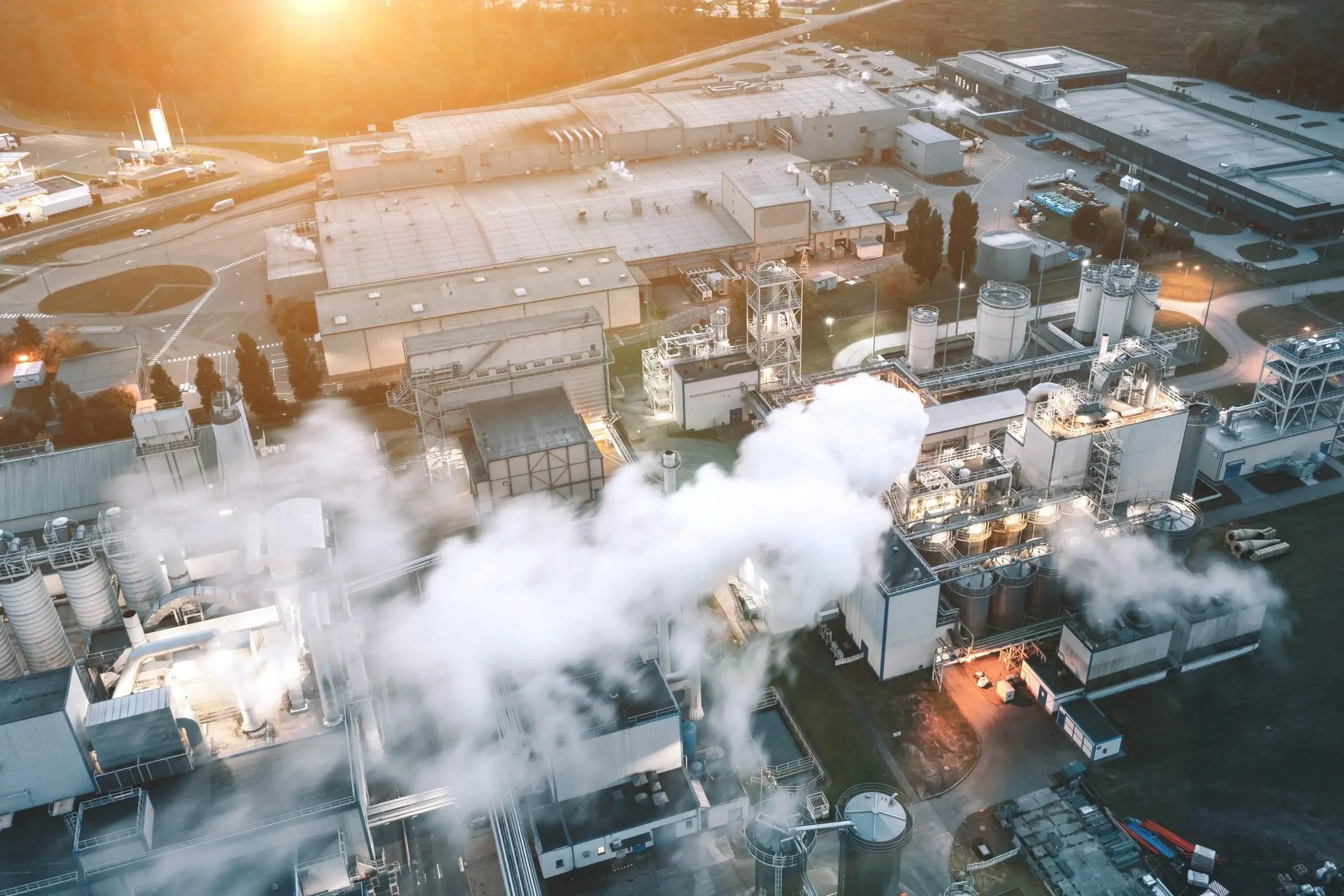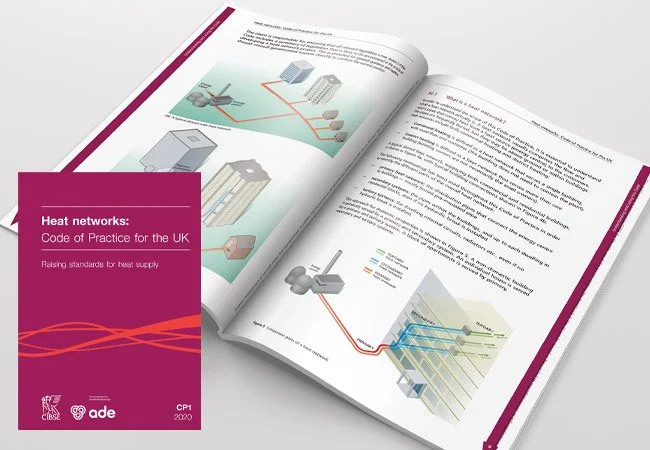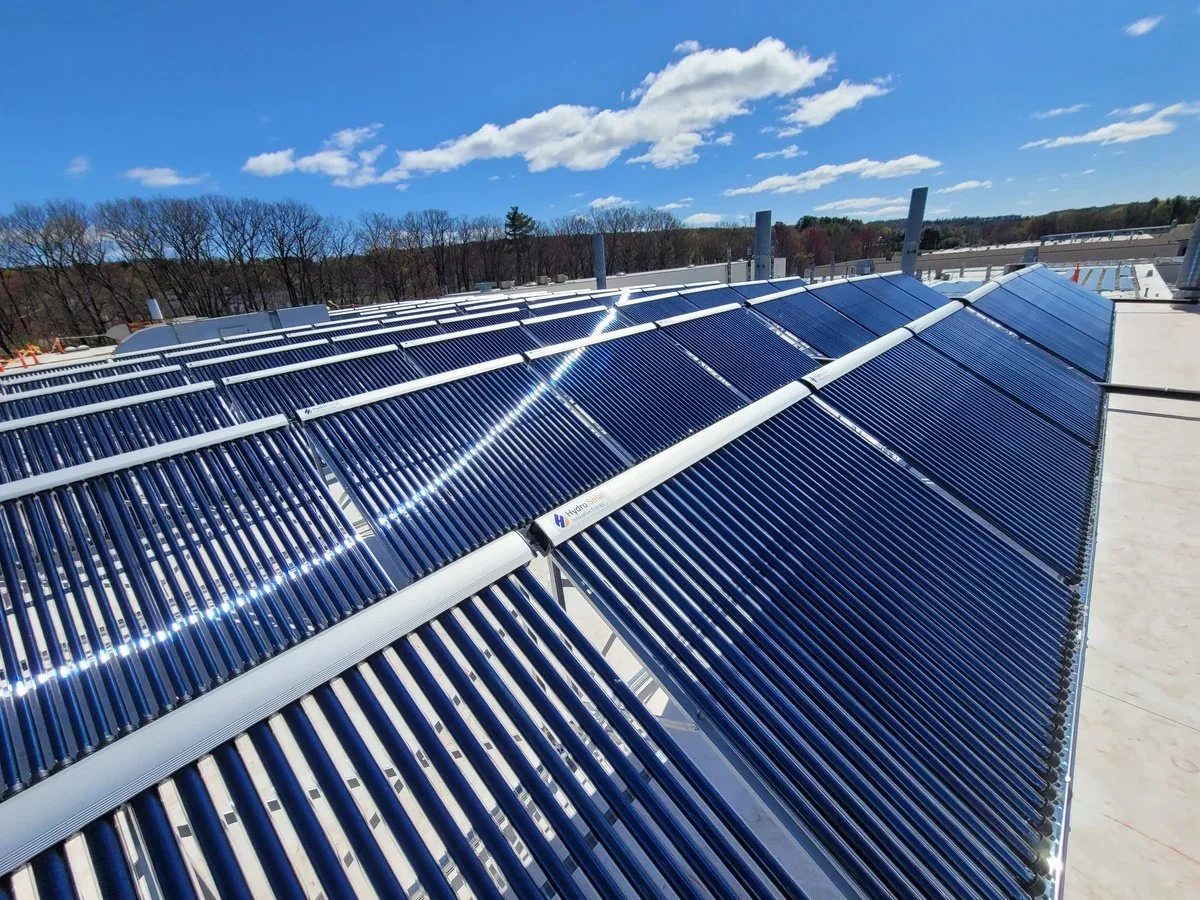
By Design Tech Solutions — Turning Wasted Energy into Network Efficiency
Introduction: Capturing Heat That Would Otherwise Disappear
Every day, huge amounts of usable heat are expelled from cooling systems, industrial processes, and power generation facilities. Waste heat recovery (WHR) allows district heating networks to tap into that lost energy — reducing carbon, cutting costs, and improving energy efficiency.
At DTS, we help identify, design, and integrate waste heat recovery systems into heat network layouts — whether as a primary source or a valuable supplement.
What Qualifies as Waste Heat?
Industrial Process Heat
From manufacturing, data centres, or food production — often available at high enough temperatures for direct use.
Cooling & Refrigeration Systems
Heat rejected from chillers or condensers can be captured via heat exchangers and reused locally.
Power Generation & CHP Waste
Exhaust gases and jacket water from generators or turbines often contain significant thermal energy.
Wastewater Heat Recovery
Drainage or greywater systems in larger buildings can be used for low-grade heat if suitably filtered and recovered.
Benefits of Waste Heat Recovery in Heat Networks
Reduces Primary Energy Demand
Captured heat reduces the need for additional fuel or electricity input.
Cuts Carbon Emissions
Using energy that would otherwise be lost supports decarbonisation goals.
Improves Overall System Efficiency
Better use of thermal energy within buildings or campuses.
Can Lower Operating Costs
Especially where waste heat is "free" or already being expelled into the environment.
DTS Approach to WHR Design
Source Identification & Mapping
We assess available waste heat sources on site or nearby — including type, temp, and hours of availability.
Heat Exchanger Specification
We design appropriate primary/secondary HX systems to safely and efficiently extract the heat.
Integration with Other Sources
Waste heat is rarely consistent — we plan for hybrid integration with boilers, pumps, or thermal stores.
Controls & Safeguards
We implement logic to prioritise waste heat when available, with fallback sequencing when it’s not.
Connection Coordination
For third-party or industrial sources, we support permissions, metering, and contractual arrangements.
Typical Applications
Industrial estates or process plants
Large commercial buildings with cooling demand
Data centres and refrigeration systems
Campus or estate schemes with CHP backup
FAQ
Let’s Put Every Kilowatt to Work
With DTS, even wasted heat has a future. We help clients identify and design around the opportunities that are already built into their surroundings.
RELATED READS
Explore our detailed guides on designing effective, future-ready district heating systems. Each article is written to help clients, developers, and stakeholders understand what great network design looks like in practice.







